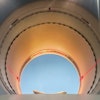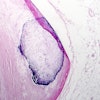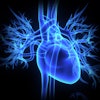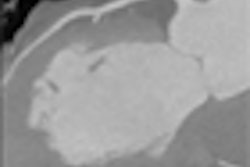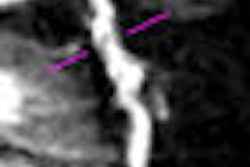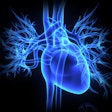Dear Cardiac Imaging Insider,
The presence of coronary artery calcium has a stellar reputation as a predictor of cardiac events. But in symptomatic folks, the short-term results can't hold a candle to the predictive power of coronary CT angiography (CTA).
Researchers from Michigan compared downstream events in patients who underwent both exams at the same time. The results were not without surprises, which you'll find in this issue's Insider Exclusive from the recent Society of Cardiovascular Computed Tomography (SCCT) meeting, brought to you in advance of its publication on the general site.
Meanwhile, in Charleston, SC, a group that's conducted pioneering research in myocardial imaging with CT released a new prospective study confirming that a dual-energy CT (DECT) exam can provide an accurate, integrative analysis of coronary artery morphology and myocardial blood supply. Significantly, use of the dual-energy protocol obviated the need for further imaging exams in the cases that were negative, highlighting the potential diagnostic efficacy of DECT as a one-stop cardiac workup.
Which is fortunate, because investigators from New York City found that routine stress testing is of limited value, at least in younger adults presenting to the emergency department with cardiac symptoms, due to the prevalence of false-positive results.
Of course, CT doesn't get a perfect score, either. A Radiology study found that a few stenoses go undiagnosed in 64-detector-row coronary CTA. And a study from Switzerland concluded that dual-source CT does have advantages over 64-detector-row CTA, though per-patient results were equivalent.
But even dual-source runs into opposition from SPECT in an article from features editor Wayne Forrest. A Munich-based team comparing dual-source CT to SPECT found that dual-source couldn't conclusively quantify the degree of stenosis in 16% of coronary segments.
Another article by Mr. Forrest found that adding PET to CT aided the detection of coronary artery disease.
But it seems clear now that any shortcomings found at CT won't necessarily be apparent in low-kilovoltage settings. The Protection II study, also presented at SCCT, found no diagnostic differences in patients randomized to 100-kV or 120-kV coronary CTA -- and excellent image quality for both.
We invite you to scroll down for the rest of the news in your Cardiac Imaging Digital Community.